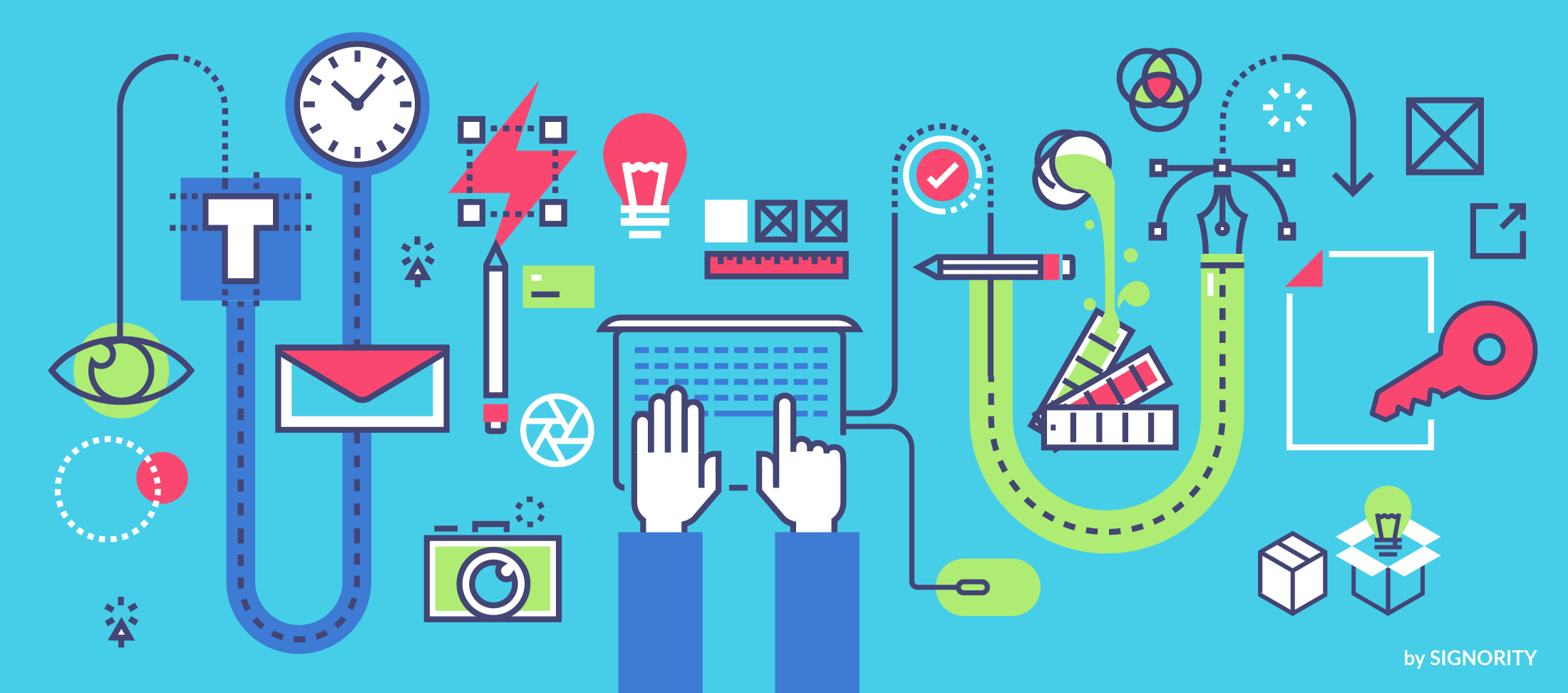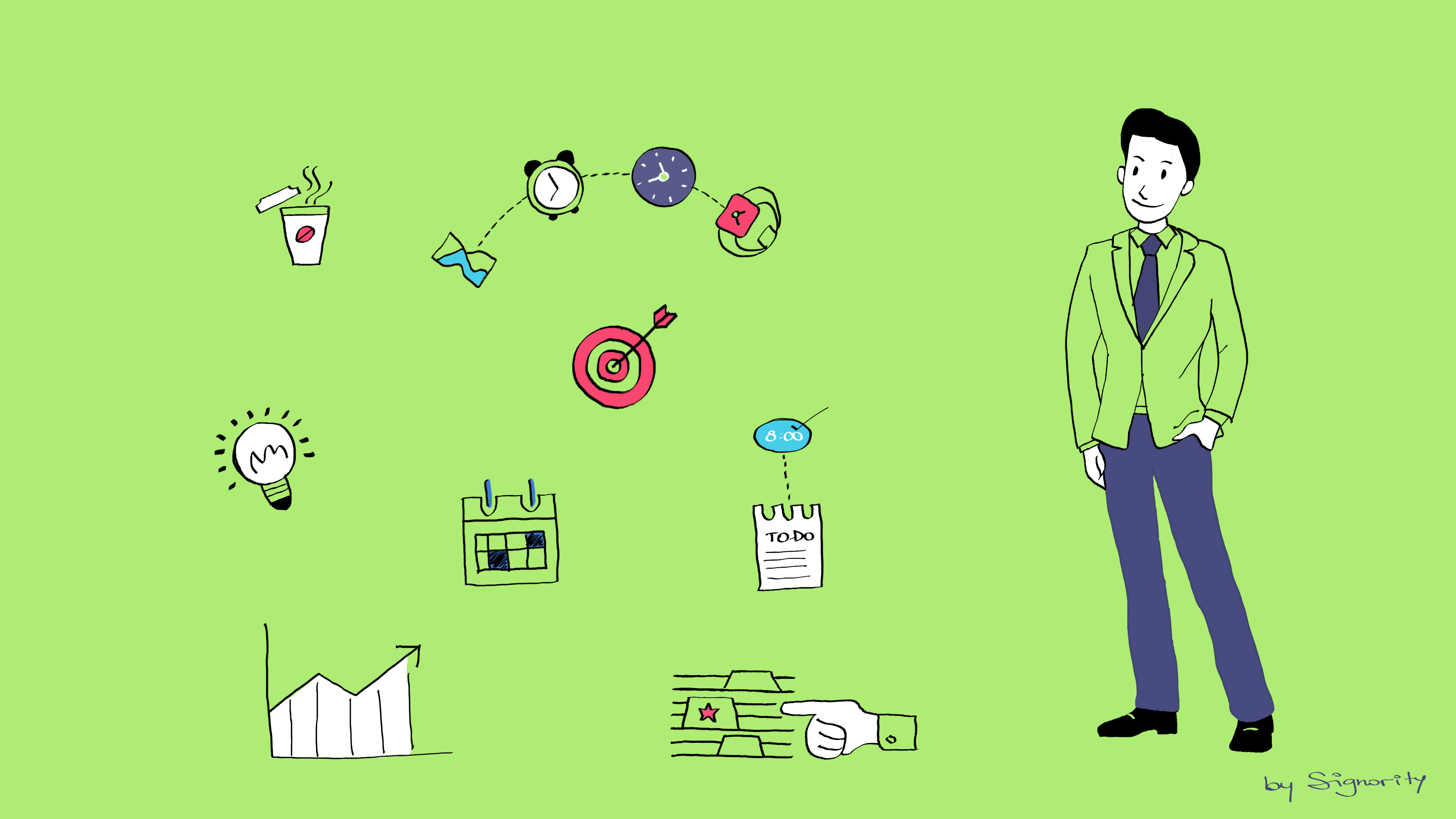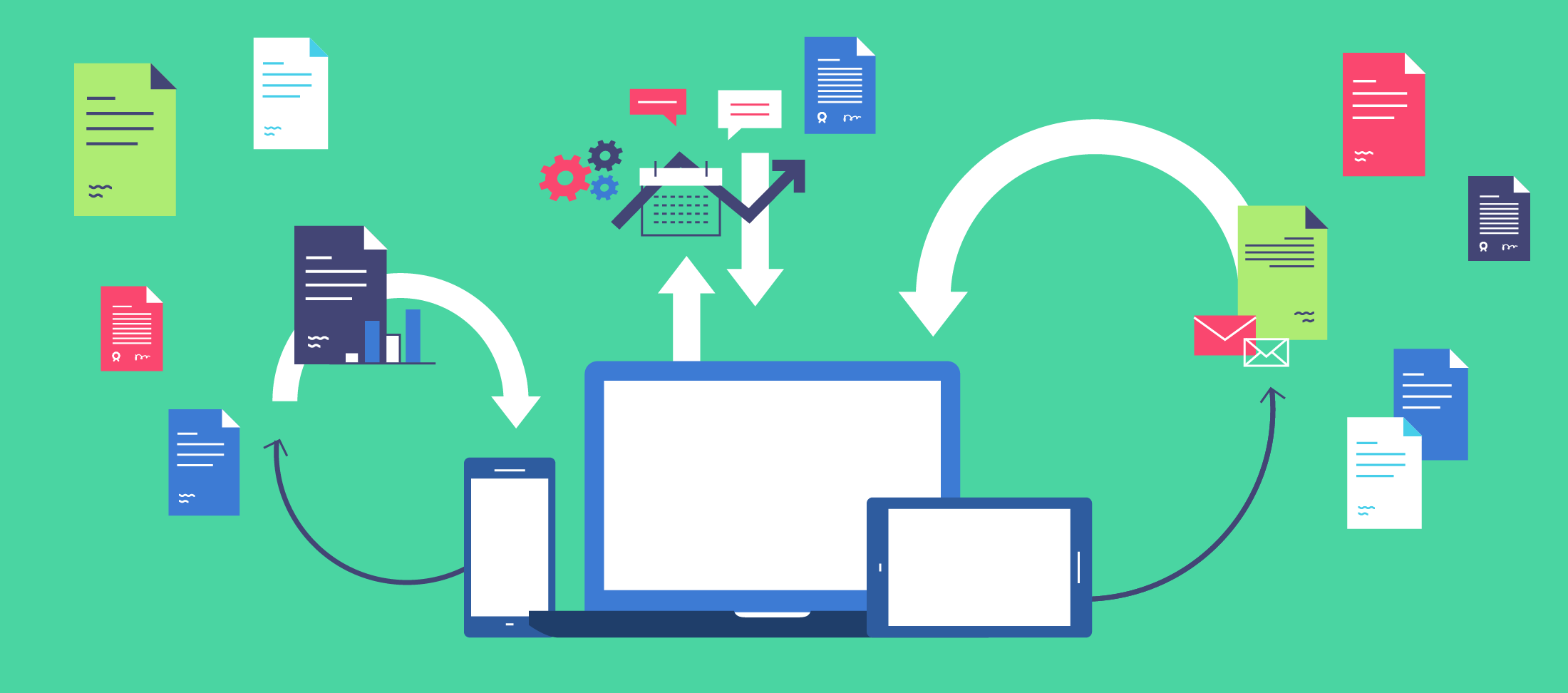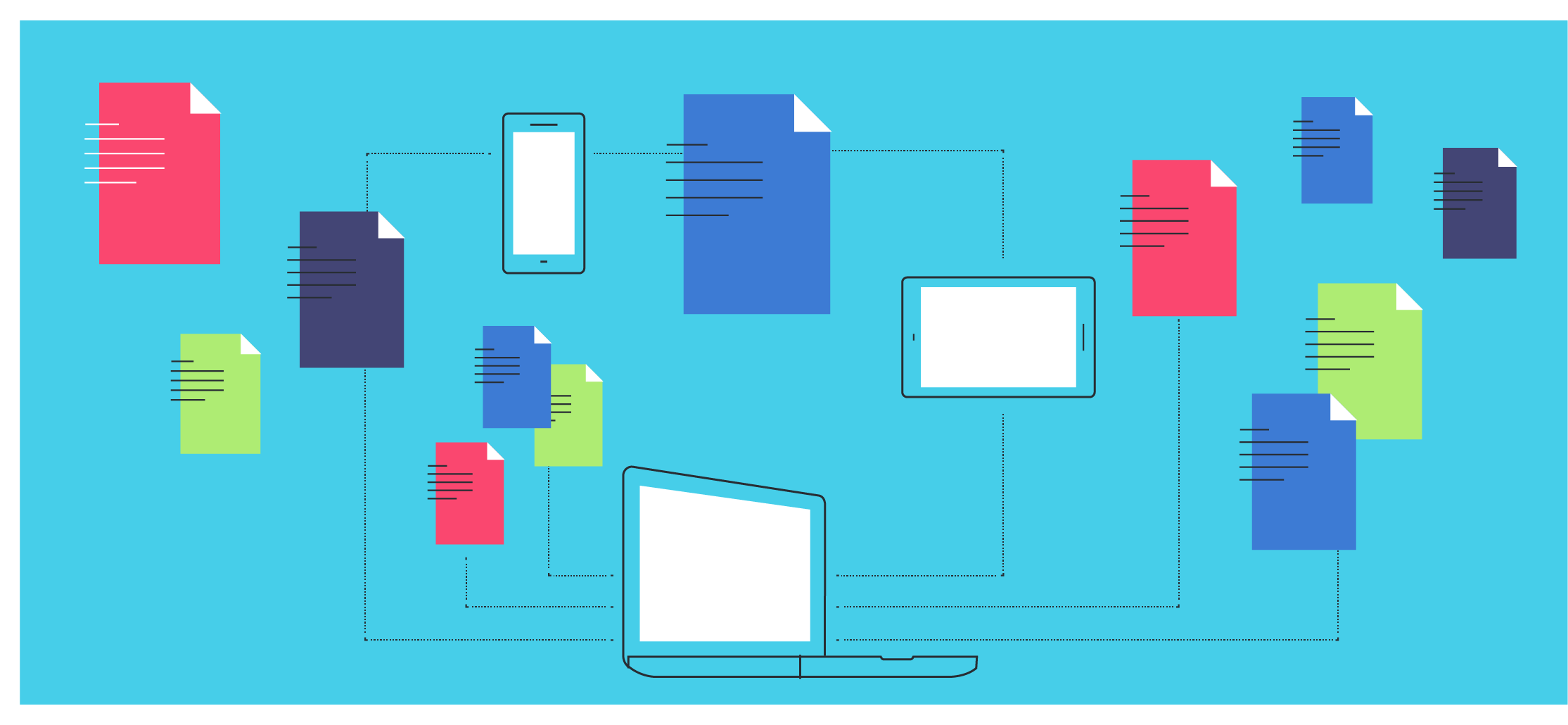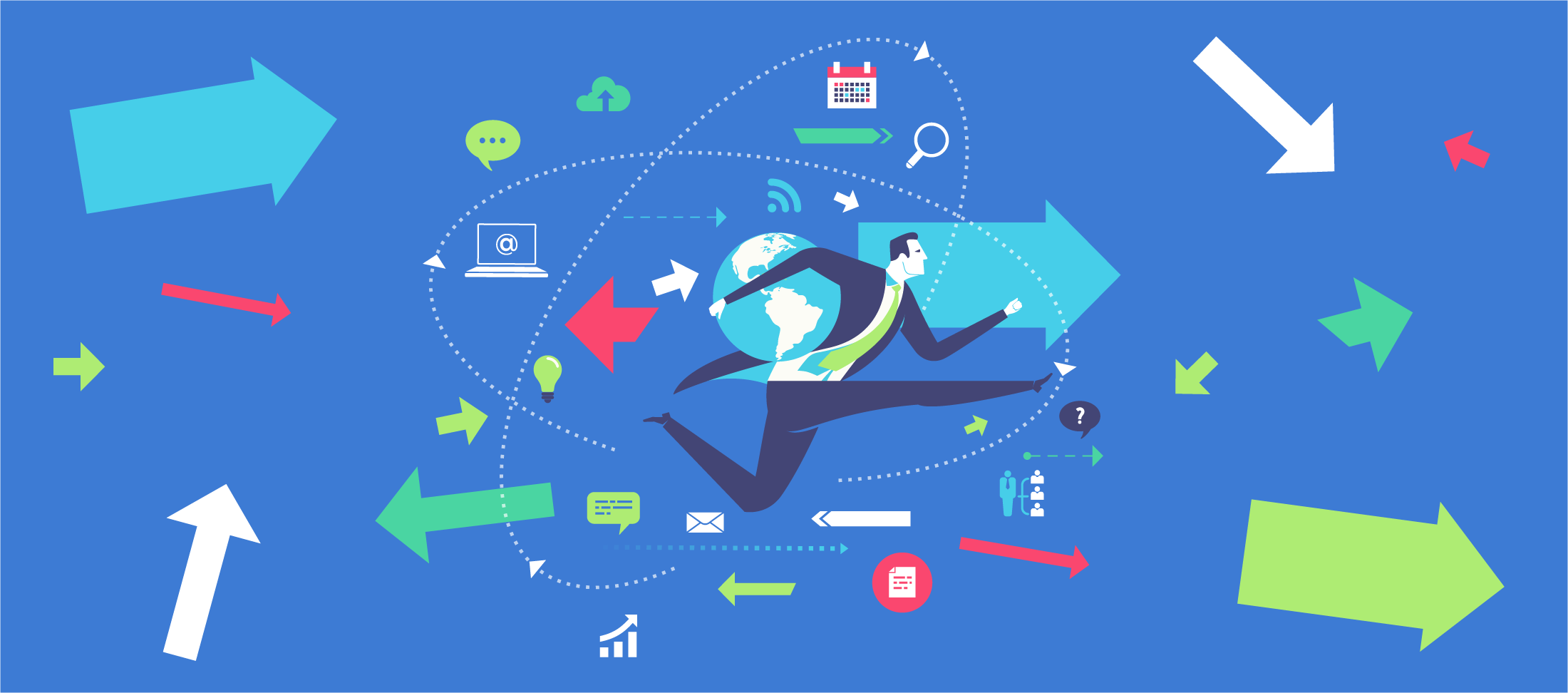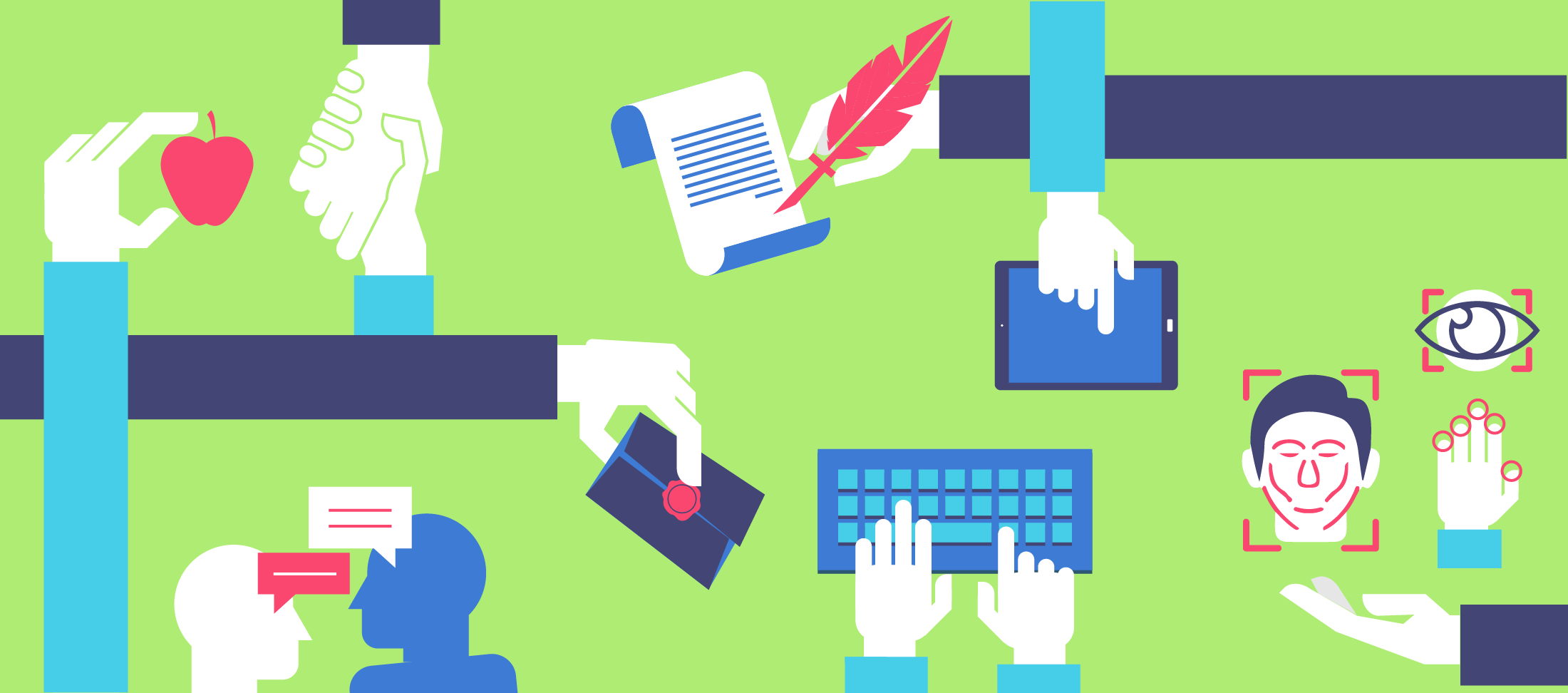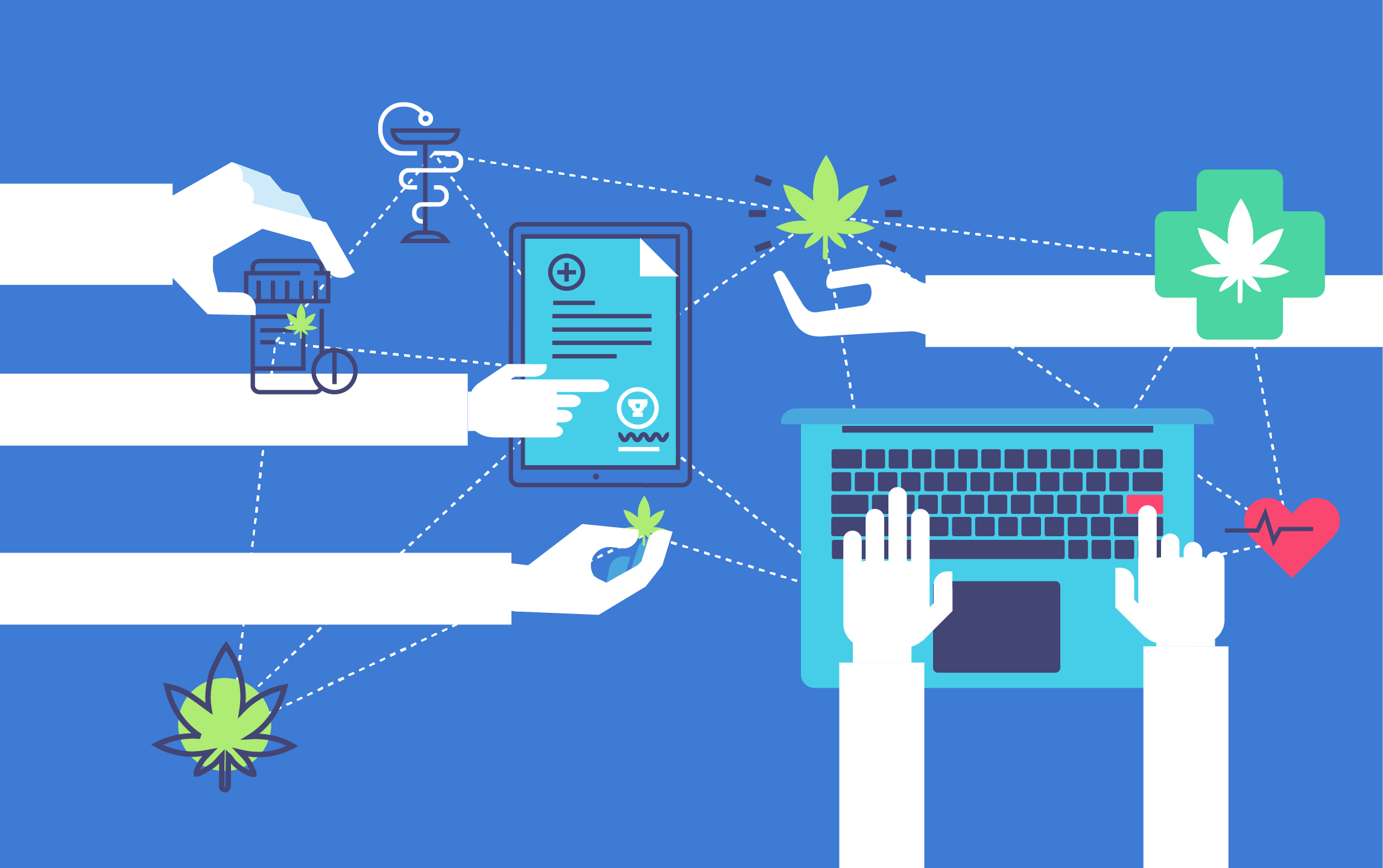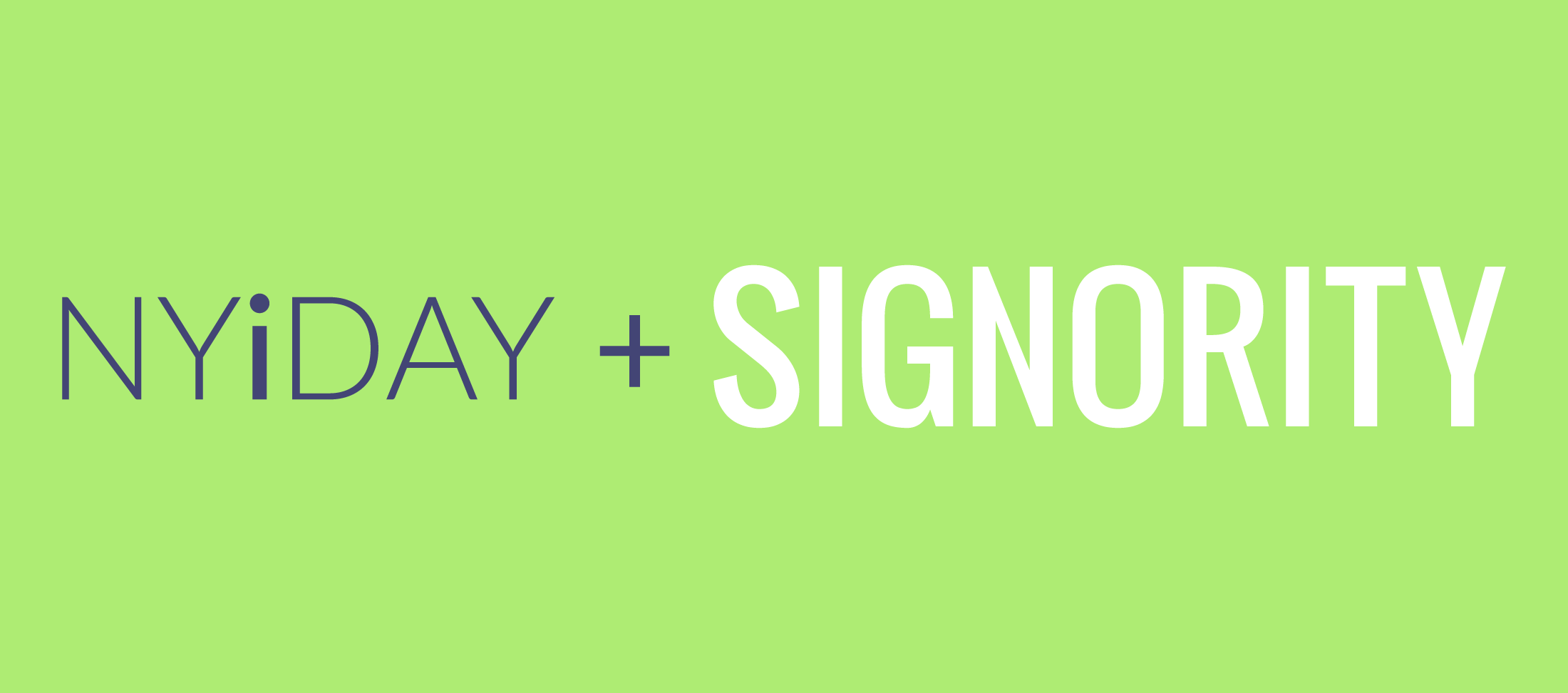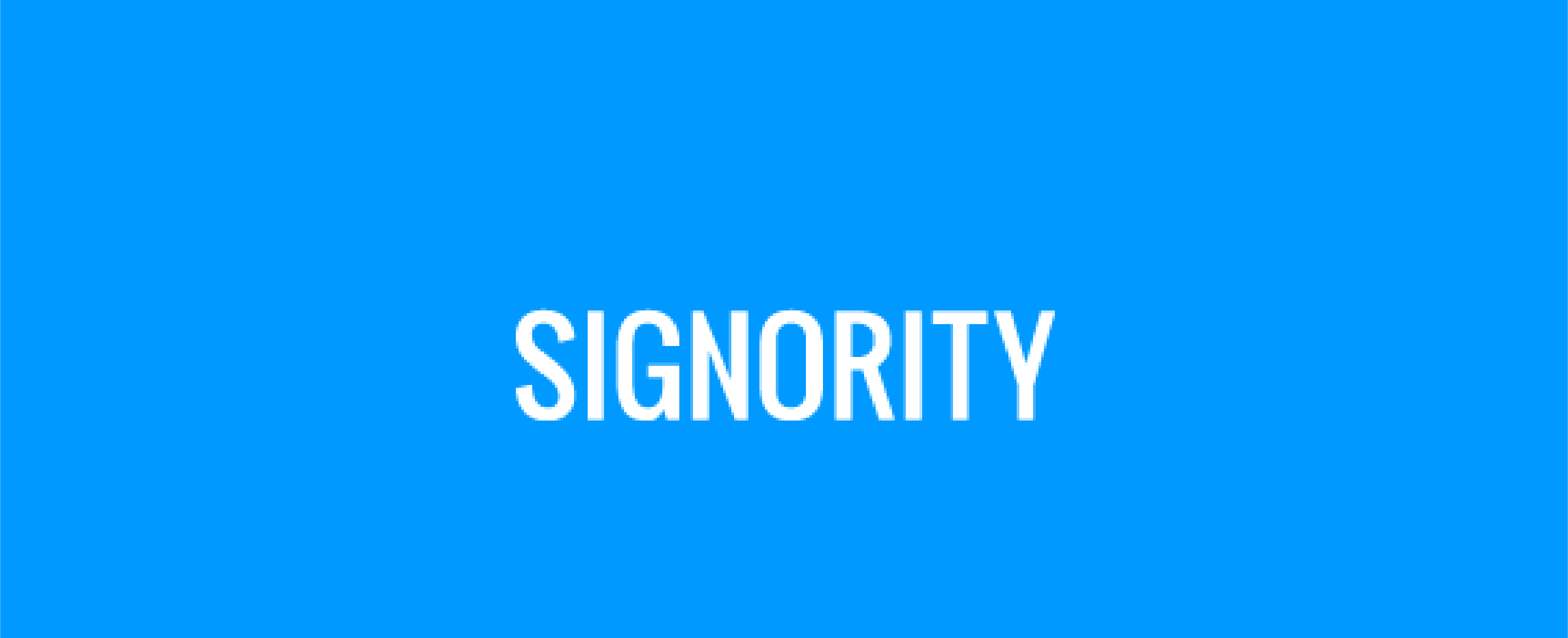In 1996, California became the first state to legalize medical cannabis.
Shockingly, that was 20 years ago. That’s 20 excruciating years of back-and-forth between pro-marijuana supporters and opposing groups, all debating the effectiveness of marijuana — when used for medicinal purposes.
Today, we can thank the internet for providing us with a wealth of information on exactly why and how cannabis went from a drug associated with unemployed stoners — an image popularized by films like Cheech & Chong’s “Up in Smoke” or the more recent, “Harold and Kumar Go to White Castle” — to what the Washington Post recently reported as a stunning reversal of that age-old stereotype — based on findings by the Centers for Disease Control and Prevention.
Currently, with 28 states — including, the District of Columbia – having legalized marijuana for medical use, it’s needless to say that there is no other industry creating more of a buzz than cannabis.
The Green Rush
Today’s “potpreneurs” are opening medical marijuana dispensaries all over North America, and they all have varying reasons for why they choose to do business in the industry.
There are those whose eyes instantly light up with dollar signs every time there is news that confirms the arrival of the “green rush”. On the other end of that spectrum are those who may have a personal connection to cannabis, benefit from the plant’s medicinal properties themselves and would naturally want to go into this line of business, not necessarily for the money but because they truly believe in their product — like the popular talk show host and entrepreneur-activist, Montel Williams.
Can you hear the sweet sound of a vintage cash register ring in your head every time you explain your medical marijuana business to anyone who asks? Or are you a champion for marijuana’s indisputable and evolving presence in the medical world? Whether you are one or both, there is one thing that all marijuana business owners have in common; they are all trailblazers.
Despite the fact that there are still limitations and strict regulations for marijuana business owners, they’ve pushed forward, hopeful that the rest of the country will catch up and embrace the future as they have.
And if medical marijuana business owners are innovators and disruptors, who are looking towards the future and welcoming the revelations of science and nature, it would only make sense for them to combine both technology and the environment — by going green and shifting to electronic business practices.
With medical marijuana now being legal, and although it’s being socially accepted by more people, your business still bears the burden of an entire generation who were raised to believe that marijuana was only for “pot-smoking hippies” and frequently associated with criminals, most of who still remain behind bars today.
Like we listed in our previous post — A Paperless Business And 5 Ways You Can Acheive It Now — going paperless has numerous advantages, for a business in the medical cannabis space, one primary benefit could be helping you soften your business’ image by proving that you are not just a “dealer”, but an organization dedicated to improving the lives of your customers.
If you’re going to sell green, your business should go green.
However, if you’re not entirely convinced, let’s explore the pros and cons of both sticking to paper and embracing technology.
[socialpug_tweet tweet=”If you’re going to sell green, your business should go green” style=”1″]
Onboarding your clients with a traditional paper system
As a medical marijuana business owner, you are likely to have clients walk in with a prescription that has been printed out. You will need a copy of their identification card — possibly, driver’s license or their passport. And if they have a medical marijuana card in lieu of a doctor’s recommendation, you’ll need a copy of that as well.
After gathering all that, you would need to take their prescription and identification, scan & print them or use the copier. You’ll then ask your new customers to fill out a membership registration form manually. If you’re lucky, they have excellent penmanship, and you can easily, yet monotonously encode all their information into your company’s own record keeping system which is probably a spreadsheet or most likely, the exact same document you just had the customer fill out.
Or if your company hasn’t begun the practice of keeping any electronic files at all, the form your client just filled out gets put in a folder and deposited in a filing cabinet in the back of the office.
Filing cabinets: Can’t live with them, can live without them
Those dreaded filing cabinets, they’re large, bulky and visually unpleasant.
If your medical marijuana business requires that you lease a large office area because you need more space for ugly, bulky filing cabinets to store all your paperwork, then you might need to think about getting on the paperless business bandwagon. For one — as you may already know — filing cabinets take up a lot of room and as your business grows, you’ll eventually need to buy more cabinets and potentially, rent a larger, more expensive business space.
Onboarding your clients electronically
Picture this: Your customers walk into your store, filled with a new hope and excitement — waiting to get their hands on your great product. And “bam” they’re handed a clipboard with a pen attached to it, with paperwork they need to fill out — reminding them of some of the worst days of their lives, that were spent in the hospital filling out health insurance, waivers, consent and release forms.
Making the switch to electronic business processes can have a strong, positive impact on the experience your patients have with your medical marijuana business — before they even walk through the door.
Electronic signatures and digital documents present members of the medical marijuana industry with a modern solution for delivering an improved way to help patients, while cutting costs, increasing operational efficiency, and adding an enhanced layer of security. Additionally, providing your customers with an electronic alternative, shows them that you’ve taken into account their needs by providing them quick and easy registration.
Embedding digital registration forms on your website – instead of requiring on-site completion – can save patients headache of waiting in line to fill out tedious paperwork. As you know, many of them are experiencing significant pain or other health related matters that make mobility difficult. Implementing processes that reduce the need to travel is more than just convenient, it’s considerate. It’s moral.
Not only does this result in an easier sign-up process for your patients, it shortens lines, so everyone is helped faster.
Security and Privacy
Choosing to run your business electronically reflects your determination to keep your customers’ privacy preserved. It means that they can trust that you’ve built a strong foundation of security that is tamper-proof.
Electronic signature and storage companies — like Signority — include tamper-proof electronic signatures and document tracking, all on a secure PCI DSS Compliant hosting platform. Your patients can rest easy knowing that their important health-related information is safe, and managed by a team with government level clearance.
What’s more, storing your files electronically also ensures your customer data is protected in the event of a fire, flood, or tornado, as the information is not located onsite, it will be accessible and safe even if your building has been damaged.
Ease of Access
Through electronic business practices, your clients will not have to wait as you walk to the back of the office so you can pull out their files. Storing them electronically means having the most control of their visibility and that their customer records can be located with the click of a button.
With digital onboarding and document storage — there are no more sorting errors, lost files, redundant copies or damaged paper documents — just up to date information you need, where and when you need it.
By removing the tedious tasks of managing and storing paper documents, along with the risk of exposing sensitive employee and patient information, medical marijuana businesses can work faster, cut costs and increase efficiency.
It’s obvious that there are a lot of benefits for your customers when you present yourself as an environmentally-sensitive organization who has their best interest at heart. But choosing to go paperless also has benefits for you and your business. Sure, investing in electronic practices may cost you today. And, that’s why it is called an investment. Consider how much you will potentially save when you are no longer stocking paper or hiring the extra manpower to monitor and archive all that paperwork. Most importantly, it leaves you with more time to do what you love to do – building a great product.
Looking to streamline your customer onboarding? Sign-up now and get a 14-day free trial to a Signority eSignature Plan.

